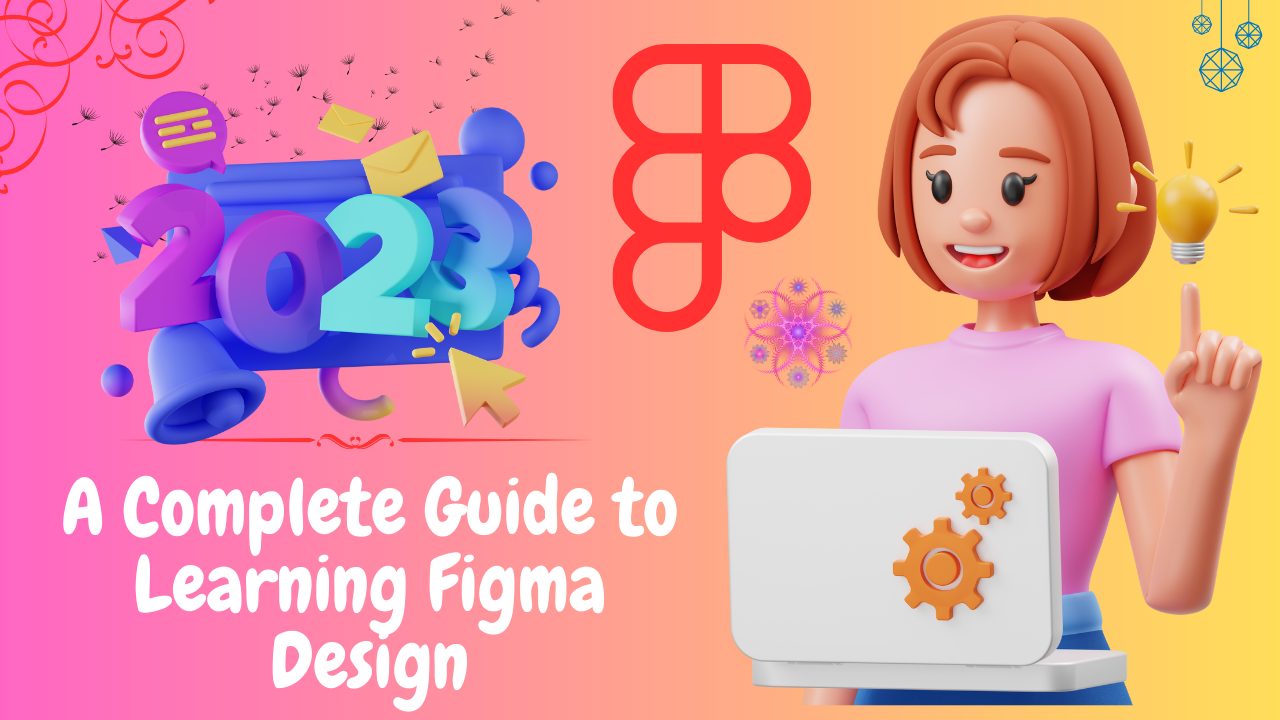As the digital world continues to expand, design skills have become an increasingly vital tool for organizations and individuals alike. Figma, a famous design tool, has become one of the key tools for designers and teams. With Figma, you can create everything from logos to user interfaces, and even create interactive prototypes. Although mastering Figma may seem difficult at first, it is a useful ability that may help you take your creative talents to the next level.

In this complete instruction, we will take you from zero to hero in Figma design. Whether you’re a newbie seeking to start your design journey or a seasoned expert looking to upskill, we offer everything you need to get started. We’ll cover everything from the basics of Figma to more advanced design approaches, and give you with tips and tricks along the way. So, if you’re ready to push your design talents to the next level, let’s get started!
Why Figma has become the industry-standard design tool
When it comes to design tools, Figma has become the industry-standard in recent years. This is owing to a mix of elements that make it a popular option for designers throughout the world.
Firstly, Figma is a cloud-based design tool, which means that it can be utilized on any device with an internet connection. This makes it very user-friendly and accessible for designers who need to work on numerous devices or interact with people remotely. Gone are the days of sending around design files by email or USB drive — Figma enables for real-time collaboration and exchange of design files.

Secondly, Figma is noted for its ease of use and straightforward UI. Many designers regard Figma to be more user-friendly than other design programs like Adobe Photoshop or Sketch. Figma’s drag-and-drop interface and easy-to-use features make it easy to create amazing designs fast and effectively.
Read More : Elementor Ai: Will Web Designers Lose their Job?
Finally, Figma’s rich design capabilities make it a top pick for professional designers. From vector editing tools to prototyping and animation capabilities, Figma provides everything a designer needs to create great designs for web, mobile, and beyond.
Overall, Figma’s cloud-based platform, user-friendly interface, and sophisticated design tools have made it the industry-standard design tool for current designers. Whether you’re just starting out or you’re a seasoned veteran, Figma is a must-have tool in your creative arsenal.
The benefits of learning Figma as a beginner designer in 2023
As a novice designer in 2023, mastering Figma is a wonderful decision. Figma is a web-based design tool that has been gaining popularity in the last few years due of its diversity and ease of use. With Figma, designers can develop and collaborate on designs in real-time, which is a big advantage for teams working remotely or in various places.
One of the main benefits of studying Figma as a novice designer is its user-friendly interface. Figma’s UI is straightforward and easy to manage, making it easy for newcomers to pick up and start using right away. Figma also provides a rich set of design elements that are similar to other popular design tools like Adobe XD or Sketch.
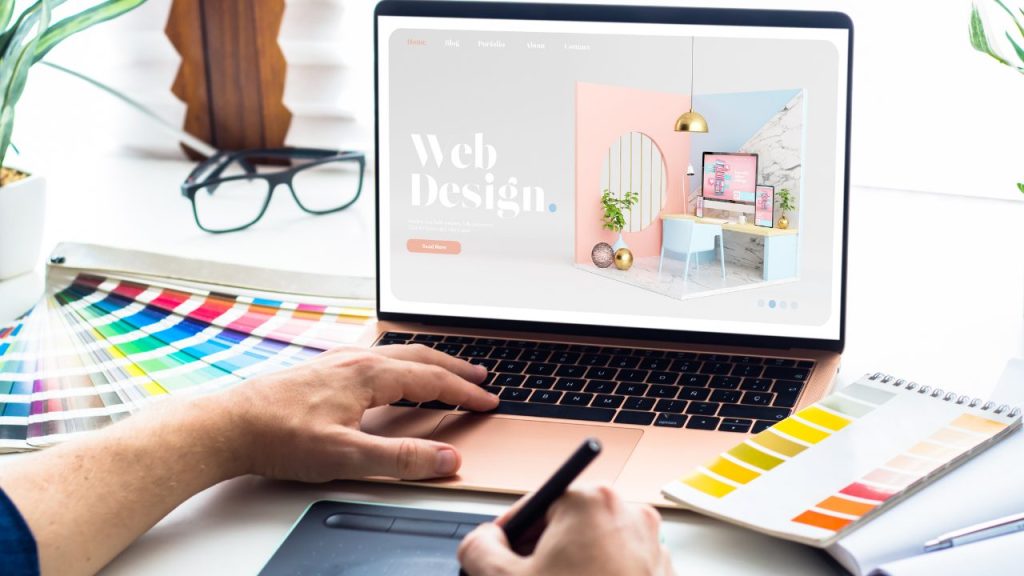
Another benefit of studying Figma is its adaptability. Figma may be used for a broad range of design projects, from producing wireframes and prototypes to building full-scale websites and mobile apps. This implies that as a starting designer, you may use Figma to acquire a range of design skills and approaches, making it a vital tool to have in your design toolkit.
Lastly, Figma delivers a collaborative creative experience that is unrivaled by other design tools. With Figma, many designers can work on the same design file in real-time, making it easy to discuss ideas and collaborate on designs. This functionality is very beneficial for teams operating remotely or in various places.
Overall, studying Figma as a starting designer in 2023 has several benefits, from its user-friendly UI to its adaptability and collaborative creative experience. By understanding Figma, you’ll be able to develop high-quality designs and interact with other designers more successfully.
Understanding the basics of Figma design interface
Figma is a user-friendly design tool that delivers a seamless experience for designers to create, collaborate, and share their work with others. Understanding the basics of the Figma design interface is vital for any newbie wishing to plunge into the field of design.

When you first start Figma, you will be met with a blank canvas, often known as the “design page”. This is where you will develop your designs and prototypes. On the left side of the screen, you will find a toolbar that contains tools such as the selection tool, vector tool, text tool, and more. These tools are used to generate and manipulate design components on the canvas.
At the top of the screen, you will notice the menu bar, which provides choices for file management, editing, and more. You may save your creations, export them, and even share them with others using the choices in the menu bar.
Read More : Mastering Node.js: A 3-day roadmap for 2023
On the right side of the screen, you will discover the properties panel, which provides information and options for each selected design element. This is where you may alter attributes such as the size, color, and style of your design components.

Additionally, Figma has a significant tool called “layers”, which allows you to organize your design pieces into groups and hierarchies. This makes it easy to maintain and alter your designs, especially as they get more complicated.
By grasping the foundations of the Figma design interface, you’ll be able to produce spectacular ideas and prototypes in no time. Take some time to explore the interface and get comfortable with the numerous tools and features accessible to you.
How to create basic shapes and layouts in Figma
Creating basic shapes and layouts is one of the primary abilities you’ll need to acquire when starting out with Figma design. To begin, pick the “Rectangle” tool available on the left-hand side toolbar. Once selected, you may click and drag to create a simple rectangular form on your canvas.

To customize the rectangle, you may adjust its size, location, fill color, stroke, and corner radius using the choices accessible in the “Properties” panel on the right-hand side of the screen. You may also utilize the “Boolean operations” tool to combine forms, remove shapes from one another, or intersect them to create new shapes.
Next, let’s move on to building layouts. One of the quickest methods to design a layout is by utilizing “Frames”. With Frames, you may group items together, create limits, and alter the size of the frame to accommodate your content. To make a frame, pick the “Frame” tool from the toolbar and click and drag on your canvas to form a rectangle.
Once you have your frame, you can drag and drop objects into it, such as text boxes, photos, or other shapes you’ve generated. You may also alter the size and location of the frame to accommodate your content, and establish restrictions to guarantee that your design adjusts effectively to different screen sizes.
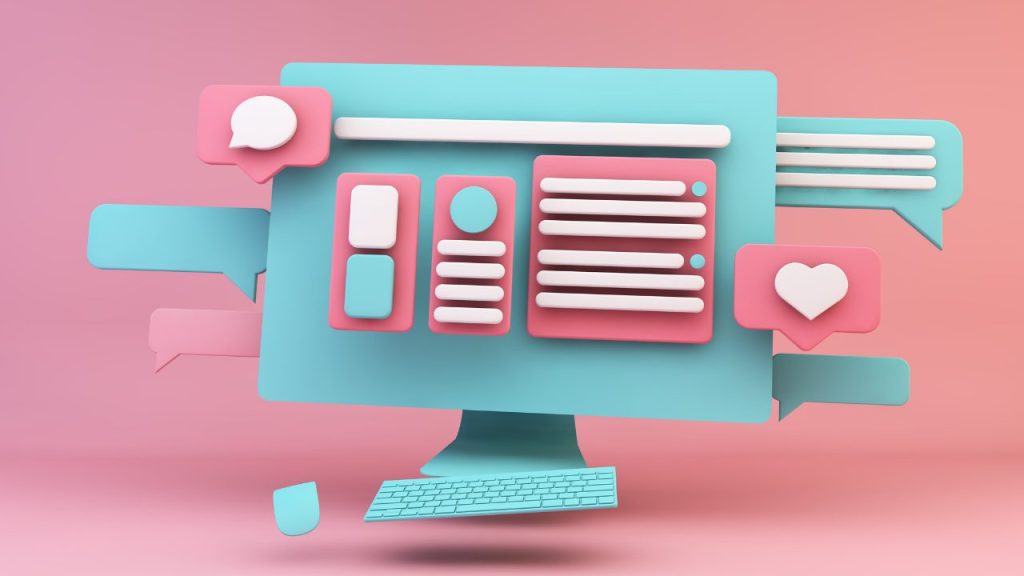
By learning these basic abilities in Figma, you’ll be well on your way to generating your first designs and layouts. Remember to practice consistently and experiment with different forms and layouts to increase your confidence and abilities.
Advanced design techniques in Figma
Now that you have grasped the basics of Figma, it’s time to take things to the next level with some advanced design approaches. These strategies can help you build more sophisticated designs and layouts, giving you the abilities you need to handle more tough design jobs.
One of the most helpful advanced approaches in Figma is the usage of plugins. Plugins are like mini-applications that interact with Figma and may help you automate activities, build complicated forms, and add more functionality to your creative work.
Read More : Mastering MERN Stack Development in 2023: A Comprehensive Guide
Another effective approach in Figma is the usage of vectors. Vectors are scalable pictures that can be scaled without losing quality. They are great for producing logos, icons, and other graphical components that need to be scaled up or down without distortion.

When it comes to typography, Figma offers several capabilities that may help you build stunning fonts. These include the ability to apply text styles to numerous components at once, the ability to alter line height and spacing, and the ability to interact with online fonts.
Finally, Figma also offers sophisticated collaboration tools that allow you to collaborate with others in real-time on the same design project. This means that you may obtain comments from others, make adjustments collectively, and see the outcomes instantaneously.
By learning these advanced design approaches in Figma, you’ll be well on your way to being a design hero in 2023!
How to use plugins to increase your productivity in Figma
Figma features a huge collection of plugins that may help you improve your workflow and enhance your productivity. These plugins can save you time, let you generate more complicated designs, and enable you to work quicker and more efficiently.
To access these plugins, simply click on the plugins icon in the left-hand menu of Figma. From there, you may explore the list of available plugins and pick the ones that are most beneficial to you.
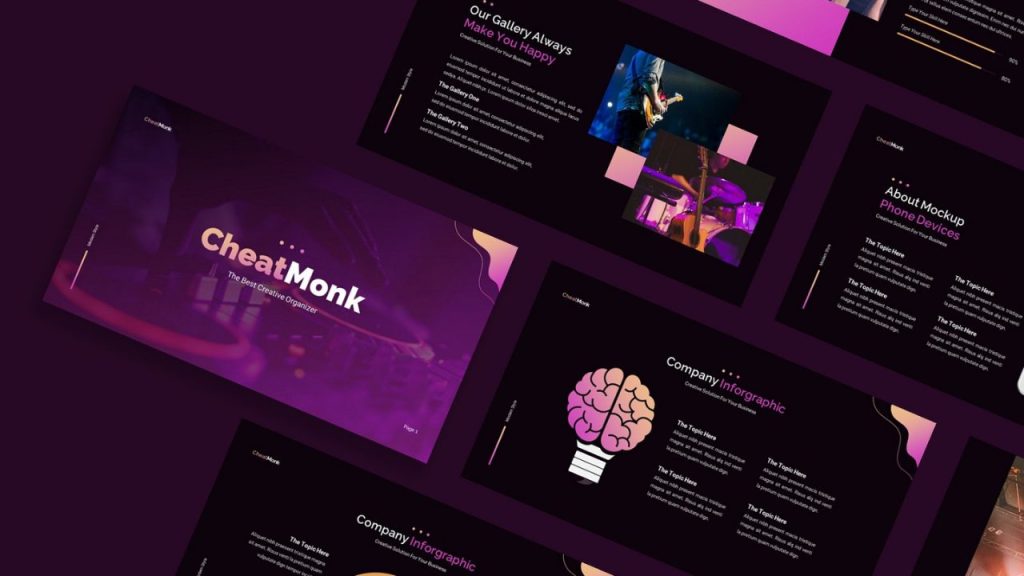
Some of the most popular plugins are the material Reel plugin, which lets you to easily generate and insert placeholder material into your designs, and the Unsplash plugin, which offers you access to a massive library of high-quality stock pictures that can be used in your designs.
There are additional plugins that allow you to make grids and layout templates, create animations, and even verify the accessibility of your designs.
By taking use of these plugins, you may save yourself hours of labor and produce more professional-looking designs in a fraction of the time. So don’t be scared to experiment and test out different plugins to find which ones perform best for you.
How to collaborate with others on a project in Figma
Collaboration is crucial in design projects, and Figma offers a number of collaboration options to make working with others simple and efficient.
To collaborate on a project in Figma, you may invite team members to the project by providing them a share link or adding them directly to the project. Once they have access, they may examine and change the design together with you in real-time.
Figma’s comments feature is also a wonderful tool for cooperation. Team members can submit comments directly on a particular piece or an entire design, and other members can react to those comments or resolve them after they have been handled. This tool makes it easy to connect with team members and keep track of comments or modifications made to the design.

Another wonderful collaborative tool in Figma is the ability to develop design systems. Design systems are a collection of reusable components, colors, fonts, and other design elements that may be utilized across different projects. This makes it easier to maintain uniform design standards across all projects and interact with team members on design updates or modifications.
Overall, using Figma’s collaboration capabilities, collaborating with others on a design project has never been easier. Whether you’re working with team members in the same room or across multiple time zones, Figma makes it easy to collaborate and generate high-quality design work.
Read More : How to Learn Java on 7 Days for Beginners in 2023
Making responsive designs in Figma
In today’s digital environment, making sure your designs are responsive is crucial. With more than half of all website traffic coming from mobile devices, it’s crucial to ensure your designs appear fantastic on every screen size.
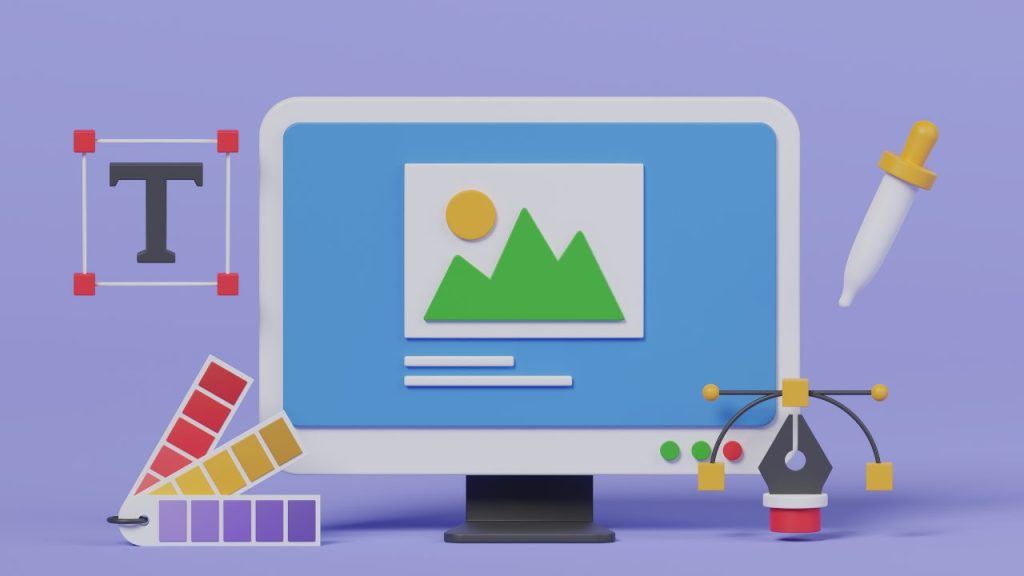
Thankfully, Figma makes it easy to develop responsive designs. Using the auto-layout tool, you can build dynamic designs that adjust to multiple screen sizes without needing to manually alter anything.
One excellent aspect of auto-layout is the ability to generate responsive grids. This allows you to simply develop a layout that adapts to multiple screen sizes while retaining a consistent look and feel.
Another essential tool in Figma for building responsive designs is the constraints function. This allows you to specify how elements should behave when the screen size changes. For example, you may arrange an element to stay centered on the screen or keep a specific distance from the edge of the screen.
Finally, Figma also allows you to preview your creations on multiple screen sizes. This makes it easy to notice any faults and guarantee your designs appear fantastic on every device.

By leveraging these capabilities in Figma, you can build responsive designs that look fantastic on any screen size, ensuring sure your designs are accessible to everyone and boosting your reach.
How to design for accessibility in Figma
Designing for accessibility in Figma is a critical component of producing inclusive designs that can be utilized by everyone, regardless of their ability. Accessibility in design refers to designing designs that are easy to recognize and use for persons with a wide variety of abilities, including those with visual, hearing, and cognitive limitations.
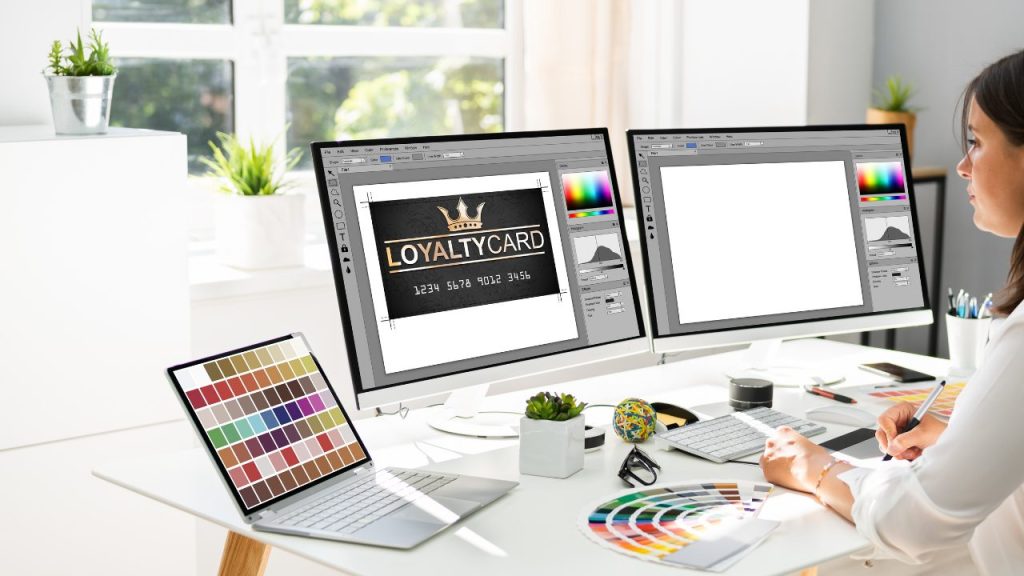
To design for accessibility with Figma, there are a few fundamental recommended practices to bear in mind. Firstly, be sure you employ appropriate color contrast. This implies picking colors that have a high enough contrast ratio to be clearly recognizable by persons with color vision problems. There are online tools available that may help you test the contrast ratios of your color choices.
Secondly, try utilizing alternate text for pictures and icons. This guarantees that persons who are visually challenged or who use screen readers may still grasp the content of your design. In Figma, you can add alternative text by selecting a picture and then entering a description in the “alt text” field in the settings panel.
Thirdly, employ clear and succinct wording in your designs. This can allow folks with cognitive difficulties to better grasp your information. Avoid using jargon or too complicated terms, and use straightforward language wherever feasible.
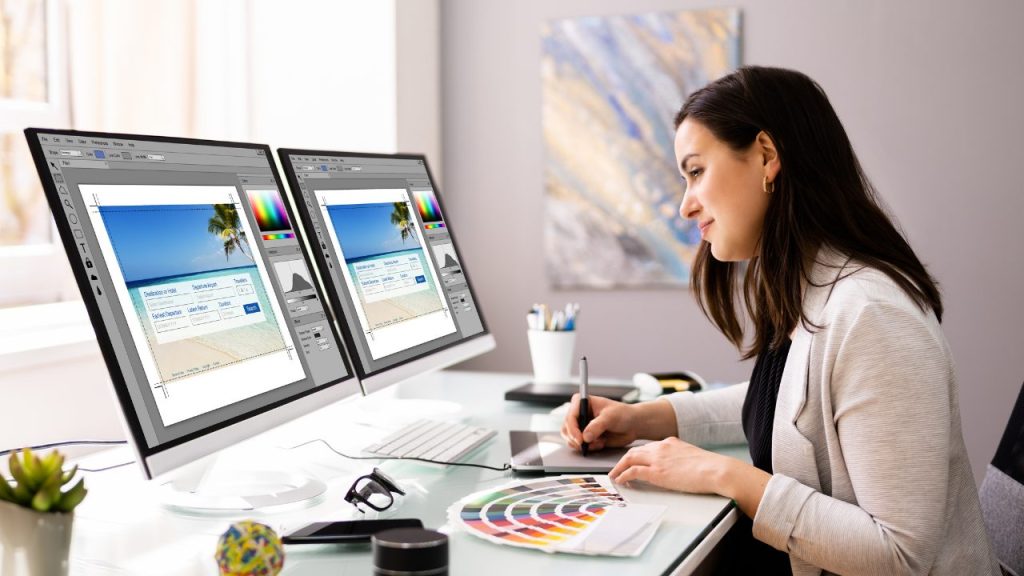
By implementing these best practices into your designs, you may build more inclusive and accessible designs that can be utilized by a larger range of users. Figma is a powerful tool that can help you make amazing designs with ease, and by following these suggestions, you can ensure that your designs are both attractive and accessible.
Read More : How I Built An AI SEO Website In 27 Minutes 2023
Where to find resources and additional tools for Figma design
There are various resources and supplementary tools available for Figma design. Let’s have a look at some of the greatest options:
- Figma Community: This is a terrific resource for seeking design inspiration and learning from other designers. You may also post your own designs and seek comments from the community.
- Figma Plugins: Figma offers a growing collection of plugins that may help you optimize your workflow and add new capabilities to the app. Some of the most popular plugins are Unsplash, which enables you search for and add free stock photographs to your projects, and Content Reel, which helps you produce lorem ipsum text and placeholder images.
- Design Systems: Design systems are pre-made templates and UI kits that may help you get started with a new design project quickly. Figma contains a huge collection of design systems, including Google’s Material Design and Apple’s Human Interface Guidelines.
- YouTube lessons: There are several Figma design lessons available on YouTube that may help you understand the basics of the program and get started with more complex approaches. Some popular channels are Flux, DesignCourse, and Dansky.
- Online Courses: If you’re seeking for a more organized learning experience, there are several online courses available that will help you grasp Figma design. Some popular alternatives are Udemy, Skillshare, and LinkedIn Learning.
By using these materials and extra tools, you can take your Figma design talents to the next level and produce breathtaking designs in no time.
We hope that our complete guide on learning Figma design for beginners in 2023 has been beneficial to you! We recognize that starting off with a new design tool may be intimidating, but with the appropriate attitude and assistance, you can become a Figma design expert in no time.

Remember to practice and put the suggestions we’ve offered into action, and you’ll be on your way to making amazing designs. The world is waiting for your creative creations, so go ahead and get the most out of this great tool!
More FAQ And Answer For Figma Design
How long does it take to learn Figma for beginners?
Figma is an accessible program that users can get comfortable using following only a few days of training. More advanced instruction will enable students utilize the application professionally, but novice users will be able to work productively using Figma in a relatively short period.
Does Figma need coding?
Currently, Figma supports CSS, Swift, and XML, however notice that most of the code accessible covers mainly visual properties and spacing. No Javascript or other logic is exported. The right hand panel offers code data for color values, typography, position and sizes.
Is Figma easier than Adobe?
If collaboration is crucial to your design process, Figma is the clear winner. If you appreciate the customizability of third-party plugins, you may choose Sketch. If you’re already familiar with the Adobe UI via its Creative Cloud environment, Adobe XD could have a shorter learning curve.
Can I sell Figma designs?
Eligible producers can sell their files, plugins, and widgets directly on the Figma Community. When you sell a resource on the Community, Figma manages purchase assistance, content delivery, and refund administration.
Is Figma harder than Photoshop?
Figma is designed for online and app designs, therefore if your job is to generate those prototypes, you will benefit from Figma. Photoshop is a bit different, and if you have Photoshop, you can design prototypes, but Figma is easier to use. If you want a general software that covers numerous design aspects, go for Photoshop.
Read More : How To Pick Easy SEO Niches for 24 Hour AI Content Rankings In 2023

Hello I am Habib Hasan. I am an Internet Marketing Expert, Business Advisor, Programmer and Tech Advisor with skills in Technical SEO and Web Design, Web Developer.
